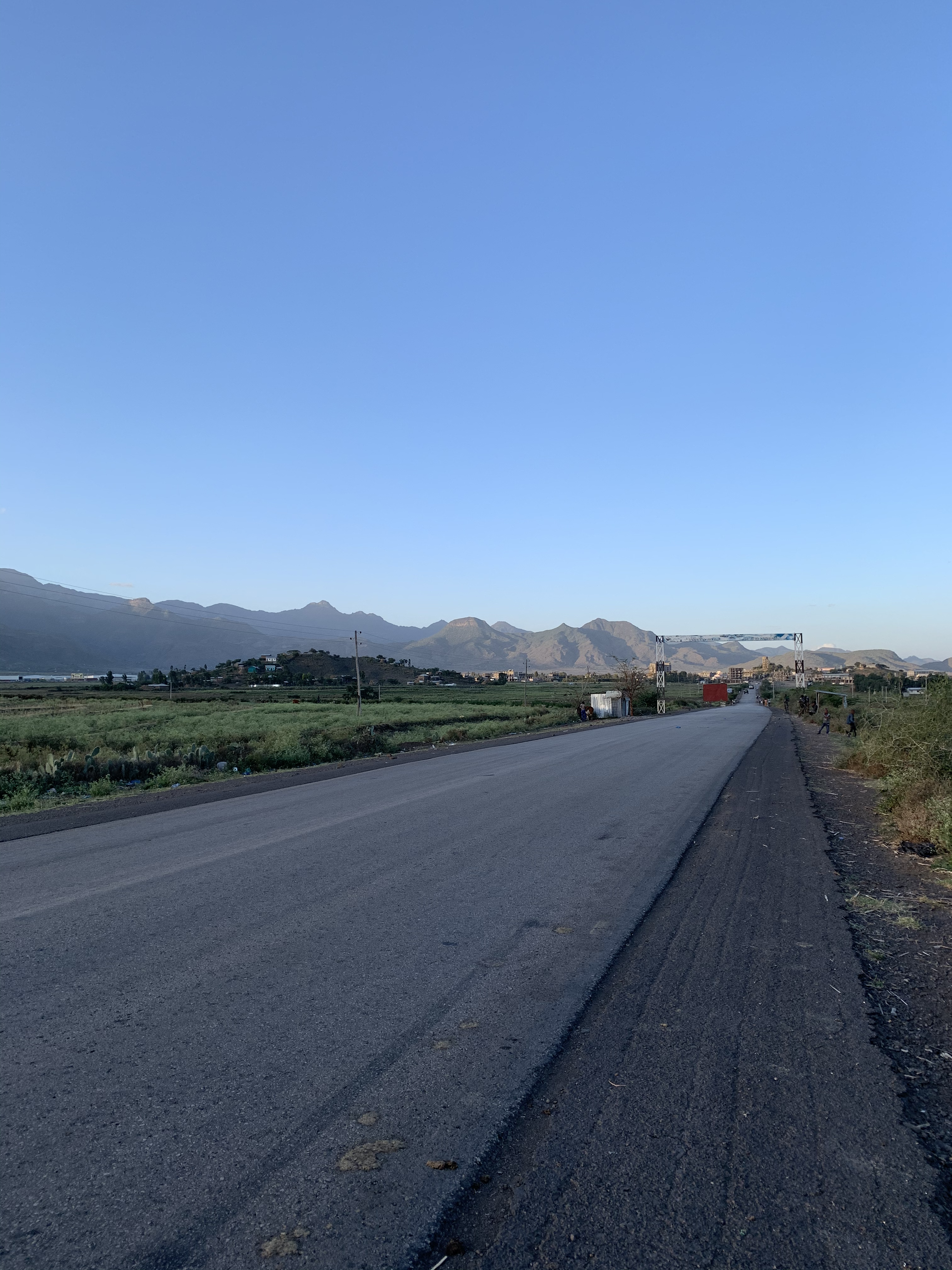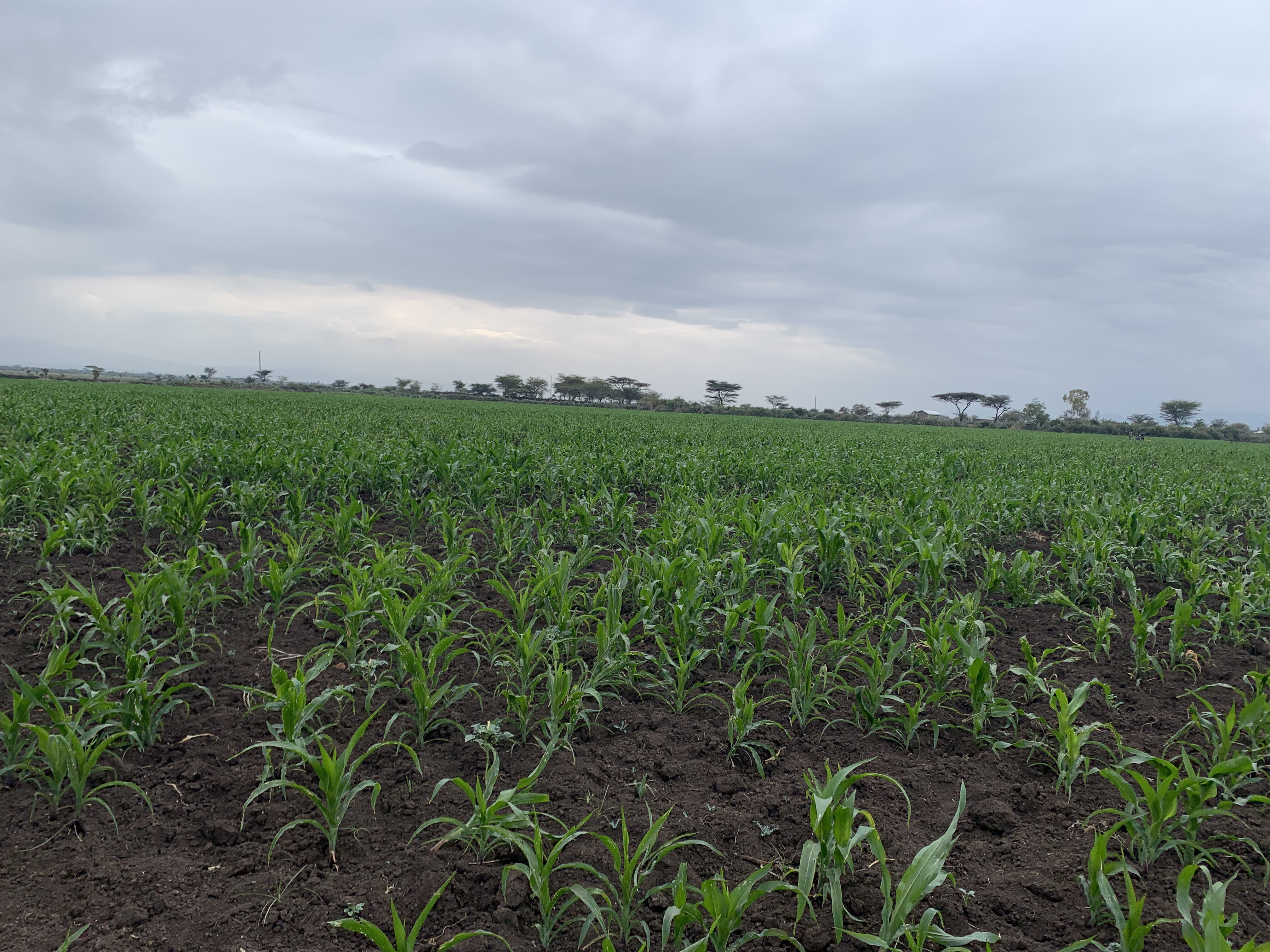Raya Azebo Heritage | Culture, History, and Community Life

Mehoni is a town located in the southern part of the Tigray region of Ethiopia. Situated approximately 120 km south of Mekelle and 657 km north of Addis Ababa, Mehoni is part of the larger Raya Azebo district. As such, its cultural and historical identity is deeply rooted in the traditions of the Raya people. Historically, Raya Azebo has been a melting pot of various ethnic groups, including the Doba, Angot, Oromo, Amhara, Afar, and Tigray peoples. This confluence has fostered a unique cultural identity characterized by shared traditions, languages, and social practices. The local economy is primarily agrarian, supported by small businesses and a strong sense of community. Raya Azebo —is known for its hospitality, deep-rooted traditions, and cultural resilience.
Gumaye: Voice of Raya Azebo
Gumaye, a cherished musical tradition of Raya Azebo , serves as a powerful form of emotional and cultural expression. Deeply rooted in the region's heritage, Gumaye songs are poetic narratives that convey romance, admiration, longing, and social values. These melodic expressions are often performed during festivals, gatherings, and courtship rituals, where individuals use song and dance to communicate heartfelt messages—be it love, appreciation, disapproval, or communal pride.
Beyond entertainment, Gumaye acts as a social mirror, subtly delivering commentary on personal character, relationships, and societal dynamics. Alongside other traditional music and instruments, Gumaye continues to echo the voices, identity, and resilience of the Raya Azebo community, bridging generations through rhythm, meaning, and memory.
Farming as a Way of Life in Raya Azebo
The local economy of Raya Azebo thrives on its deep-rooted agricultural traditions. The community's daily rhythms follow the land and seasons, with farming serving not only as a source of livelihood but also as a central pillar of identity and tradition.
Families work together across generations to cultivate teff, sorghum, wheat, and other staple crops using both traditional and evolving methods.
The fields reflect the community's resilience, hard work, and deep connection to the land—values passed down through centuries of agrarian heritage. This enduring relationship with the soil shapes both the economy and the cultural pride of the Raya people.

The vibrant green fields of young sorghum crops growing in the fertile soil of Wargba village, located in the heart of Raya Azebo near Mehoni. The fields are partially nourished by the seasonal rains.
The rich, dark soil and carefully spaced planting reflect the deep agricultural knowledge passed down through generations.
History

Despite enduring conflict and economic hardship, the people of Raya Azeboremain deeply committed to preserving their cultural identity and traditions.
1943 Weyane Rebellion: Raya Azebo played a pivotal role in resisting Emperor Haile Selassie I's centralization. While the uprising began in the 1930s, it culminated in 1943, when the Emperor’s forces—backed by British Royal Air Force bombings—attacked the region with devastating force.
1980s Civil War: The region again suffered during the civil war. In particular, the Chercher bombings of September 1989 resulted in severe civilian casualties and long-lasting trauma.